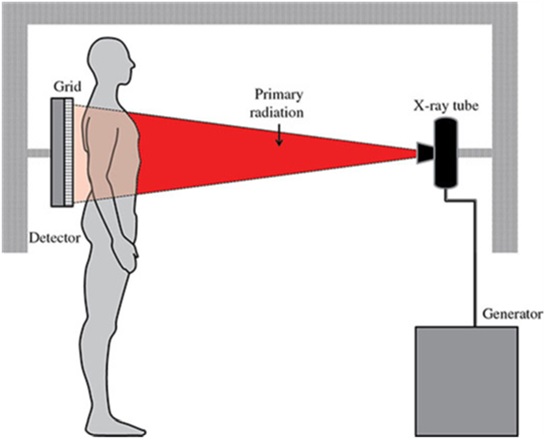Answer to Question #15438 Submitted to "Ask the Experts"
Category: Medical and Dental Patient Issues — Diagnostic X Ray and CT
The following question was answered by an expert in the appropriate field:
I was at an overcrowded hospital for an x ray of my hand. I was called inside the x-ray room and made to wait for half an hour while patients before me were helped. Finally, two x rays of my hand were taken without shielding to my other body parts. I am worried that I have been exposed to unnecessary radiation that may have harmed my eyes to cause cataract and cancer in my body. I am totally traumatized after this experience. Please advise.
There is no need for concern. The use of medical imaging is to be justified and optimized. Therefore, the benefit vs. risk is determined for each patient before medical imaging utilizing ionizing radiation is performed. The benefit (i.e., diagnosis) typically outweighs the small hypothetical risk associated with medical imaging procedures utilizing ionizing radiation.
Most of the radiation produced by an x-ray machine is absorbed by the patient being imaged or the x-ray equipment, which is due to the x-ray beam being collimated to an area of interest (Fig 1), used with permission. A small amount of radiation is scattered away from the patient in all directions. For an x ay of the chest, the average radiation dose received by a patient is 0.1 mSv. The intensity of radiation falls off as the inverse of the square of the distance (i.e., reduces dramatically with distance). For example, at 1 meter from the patient, the scattered radiation dose is 1/1000th of the radiation dose received from the chest x ray or 0.0001 mSv.
To put this into perspective, natural background sources, such as cosmic, terrestrial, and natural internal sources of radiation cause a dose of approximately 0.01 millisieverts per day. If someone stood 1 meter away from the patient during a chest x ray, the dose they would receive (0.0001 mSv) would be 1/100th of the dose received from background radiation sources per day. The dose from being within the x-ray room, is a small fraction of the daily dose received naturally by everyone.
Since the x-ray beam is collimated to the area of interest (i.e., your hand), minimal scattered x-ray exposure is delivered to parts of the body outside of the x-ray beam. Lead apron use by the patient is not required for x rays of the hand. Additionally, the average radiation dose received from an x ray of the hand is <0.001 mSv, which is 1/10th of the dose received from background radiation sources per day. Your additional risk of cancer is negligible and there is no additional risk of developing cataracts from x rays of your hand.

Fig. 1 Basic elements of a projection x-ray system.
Christopher Helstern, PhD, CHP


